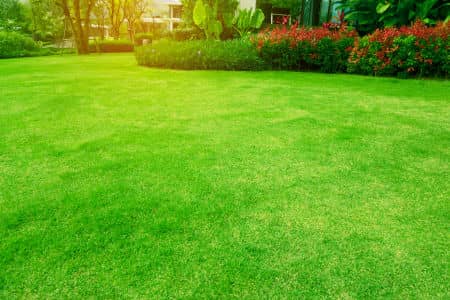How to Get the Greenest Lawn on the Block with Proper Fertilization

A lush, green lawn doesn’t happen by accident—it requires the right care, attention, and most importantly, proper lawn fertilization. Whether you're dealing with patchy grass or dull color, the right nutrients can transform your yard into the envy of the neighborhood. With a strategic fertilization plan, you’ll see stronger roots, richer color, and healthier growth.
Why Lawn Fertilization Matters
Grass needs essential nutrients to thrive, just like any other plant. Over time, soil loses these nutrients, leading to weak, discolored, and sparse grass. Lawn fertilization replenishes these nutrients, ensuring your lawn stays thick, vibrant, and resilient. A properly fertilized lawn can also withstand foot traffic, drought conditions, and seasonal temperature changes better than an unfertilized one.
The Key Components of a Healthy Fertilization Plan
Not all fertilizers are created equal. A good lawn fertilization plan includes understanding what your grass needs and when to apply it. Here are some key factors to consider:
- Know Your Soil: Conduct a soil test to determine nutrient deficiencies. This helps you select the right type of fertilizer.
- Choose the Right Fertilizer: Look for a balanced blend of nitrogen, phosphorus, and potassium, based on your soil’s needs.
- Time Your Applications Properly: Spring and fall are the best times for fertilization, but the exact timing depends on your grass type.
- Use the Correct Amount: Over-fertilization can burn your lawn, while under-fertilization won’t deliver the results you want.
- Water After Fertilizing: This helps nutrients soak into the soil and prevents chemical burns on grass blades.
A well-planned fertilization routine ensures that your lawn gets the nutrients it needs without waste or harm.
When to Fertilize for the Best Results
Timing is everything when it comes to lawn fertilization. For cool-season grasses like fescue or bluegrass, the best times to fertilize are early spring and early fall. Warm-season grasses like Bermuda or zoysia benefit most from late spring and summer applications. Always check the specific needs of your grass type to optimize your fertilization schedule.
Professional Help for a Greener Lawn
While DIY fertilization is an option, lawn care experts can assess your yard’s unique needs and develop a custom plan for optimal growth. They can test your soil, recommend the best products, and apply fertilizer at the right times to keep your lawn in peak condition.
Ready to get a greener, healthier lawn? Contact The Grassman, LLC today at Missing required attribute: Missing required 'which' attribute on shortcode phone-number. for professional fertilization services!
By following a strategic lawn fertilization plan, you can achieve the lush, green lawn you've always wanted. With the right balance of nutrients, timing, and care, your yard will be the highlight of the neighborhood!
Create Lush Lawns With Our Local Weed Control & Lawn Fertilizing Services